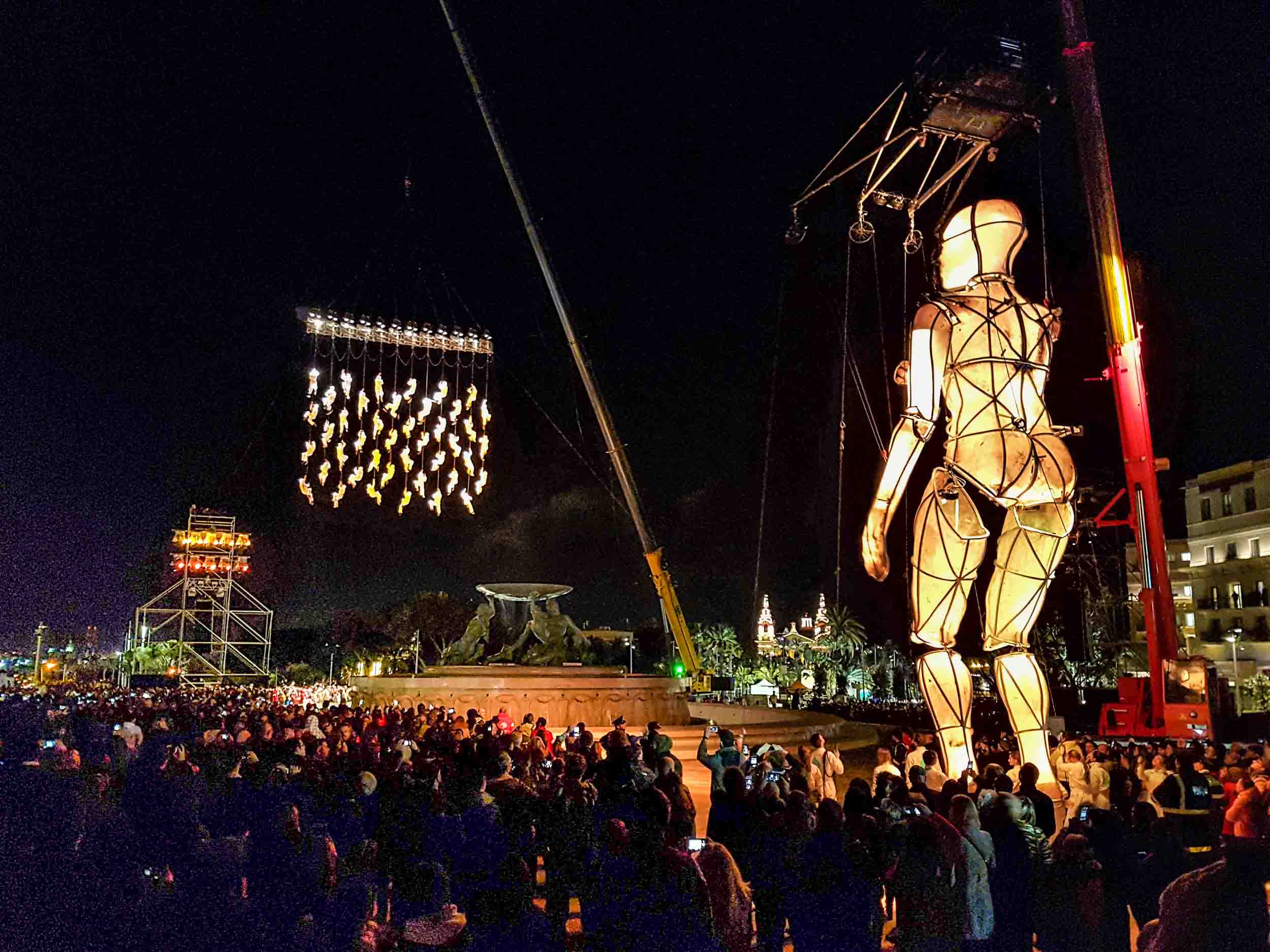Table of Contents
ToggleThe Capital City of Malta - Valletta
European Capital of Culture
Perched on the sun-drenched shores of Malta, Valletta is a city that exudes history, resilience, and artistic brilliance. With its honey-colored limestone walls, Baroque architecture, and panoramic views of the Mediterranean, Valletta has long been a jewel of European heritage. Its crowning moment came in 2018, when it was officially recognized as the European Capital of Culture, shining a spotlight on its centuries-old legacy and vibrant cultural pulse.
This honor was more than just a ceremonial title; it was a recognition of Valletta’s extraordinary capacity to merge its historical identity with a modern cultural vision. For locals and visitors alike, Valletta’s year as the Capital of Culture was a celebration of creativity, heritage, and community spirit. Today, the echoes of that year continue to reverberate, leaving an enduring impact on the city’s cultural landscape.
A City Steeped in History
Valletta’s story begins in the 16th century, when the Knights of St. John constructed it as a fortified stronghold following the Great Siege of 1565. Designed as one of Europe’s earliest planned cities, Valletta was meticulously laid out with wide streets, bastions, and grand palaces. It quickly became a hub of diplomacy, religion, and trade in the Mediterranean.
The city was named after Grand Master Jean Parisot de Valette, whose leadership was pivotal during the siege. Valletta’s architecture, with masterpieces like St. John’s Co-Cathedral and the Auberges of the Knights, reflects its role as a melting pot of European influences. UNESCO recognized Valletta as a World Heritage Site in 1980, acknowledging its significance not just to Malta but to the collective history of Europe.
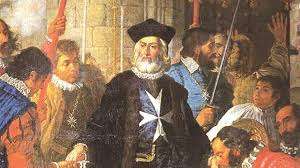
Valletta as European Capital of Culture
The European Capital of Culture program, initiated in 1985, aims to celebrate the diversity of European cities and promote unity through culture. When Valletta was selected, it wasn’t just an acknowledgment of its history, but also a recognition of its potential as a modern creative hub.
Throughout 2018, the city came alive with over 400 events and 1,500 artists from around the world. Streets, squares, and historical buildings were transformed into venues for theater, music, visual art, and film. Themed under “Imagine 18,” the program sought to inspire citizens and visitors to reimagine Valletta as not just a city of the past, but a cultural leader for the future.
Highlights included outdoor performances against the dramatic backdrop of the Grand Harbour, contemporary art installations within historic bastions, and international collaborations that brought global attention to Malta’s creative community. Valletta’s year in the cultural spotlight provided both a sense of pride for the Maltese and a compelling reason for travelers to rediscover the city.
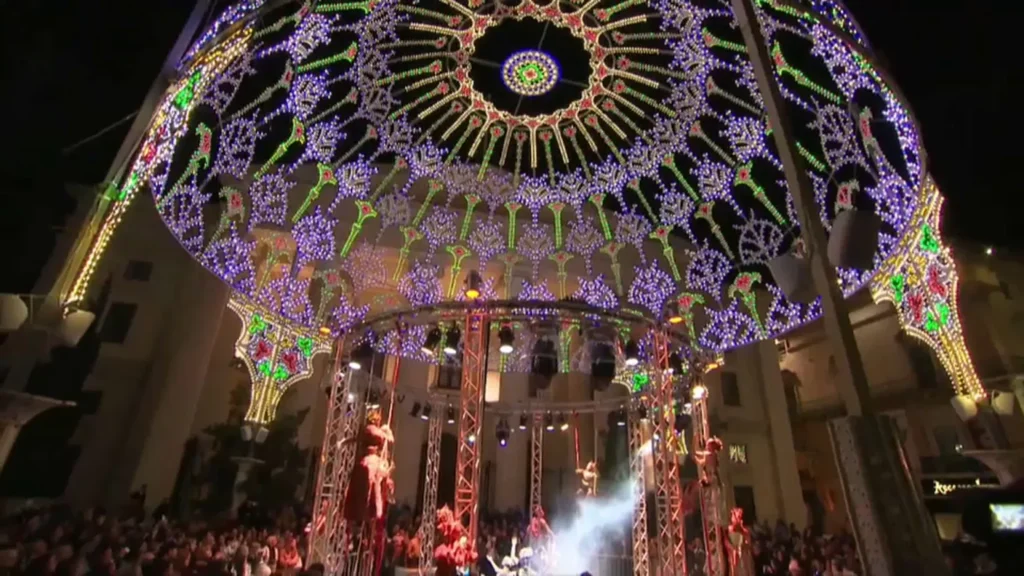
Lasting Legacy
One of the most remarkable aspects of Valletta’s designation was how it fostered long-term growth. The Capital of Culture initiative wasn’t about one year of festivals—it was about planting seeds for lasting transformation.
Urban Regeneration: The program accelerated restoration projects across Valletta. Key landmarks like Fort St. Elmo and various auberges underwent conservation, ensuring their preservation for future generations. Public spaces were also revitalized, creating welcoming environments for community gatherings and cultural performances.
Creative Economy: Valletta’s cultural year strengthened Malta’s creative industries. The city saw an increase in galleries, studios, and performance spaces, offering local artists new opportunities to thrive. The creative sector became recognized as an essential part of Malta’s economy, drawing investment and talent.
Community Engagement: Perhaps the most profound legacy was the involvement of citizens. Local communities played an active role in the cultural program, ensuring that the events were not just for tourists, but for the people of Malta themselves. Schools, NGOs, and grassroots organizations were encouraged to contribute, creating a sense of shared ownership.
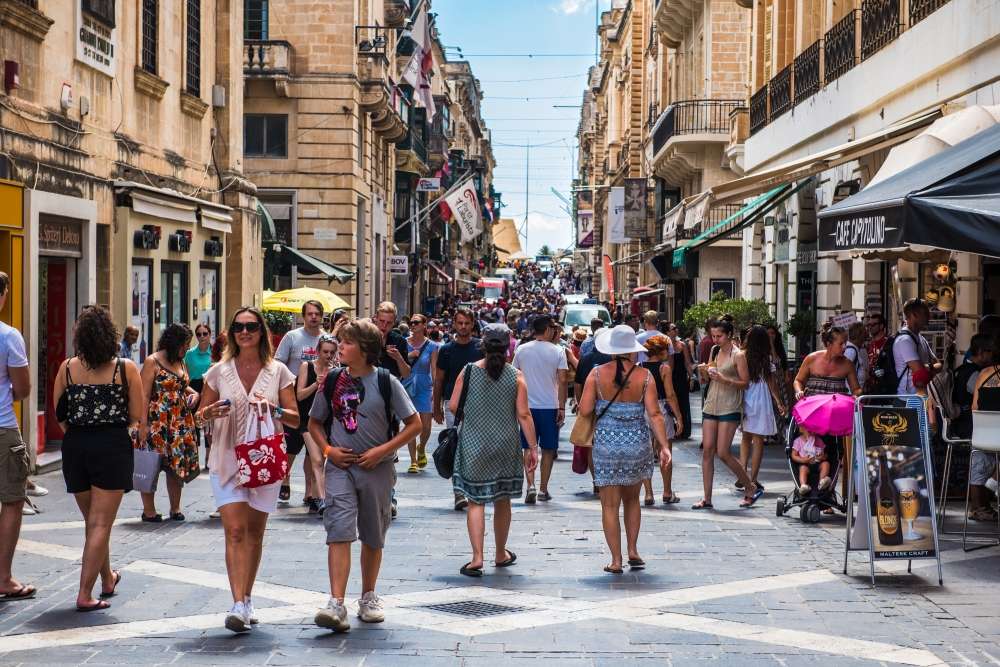
Experiencing Valletta Today
For visitors arriving in Valletta today, the cultural vibrancy is palpable. While its rich history remains the city’s anchor, the influence of its year as European Capital of Culture is evident in the dynamic arts scene.
St. John’s Co-Cathedral: A masterpiece of Baroque art, the cathedral remains one of Valletta’s most treasured landmarks, housing works by Caravaggio.
MUŻA – The National Museum of Art: Reimagined during the cultural year, this museum showcases Maltese art alongside European works, reflecting the island’s cross-cultural identity.
Pjazza Teatru Rjal: Built on the ruins of the Royal Opera House, this open-air theater is a striking symbol of Valletta’s ability to blend history with innovation.
Festivals and Events: Valletta continues to host annual cultural events such as the Valletta Film Festival and Notte Bianca, ensuring the creative energy of 2018 remains alive.
Walking through Valletta’s narrow streets today, you’ll find boutique galleries, experimental performances, and bustling cafés alongside historic landmarks. It’s this interplay between old and new that makes the city unique—a living museum infused with contemporary spirit.
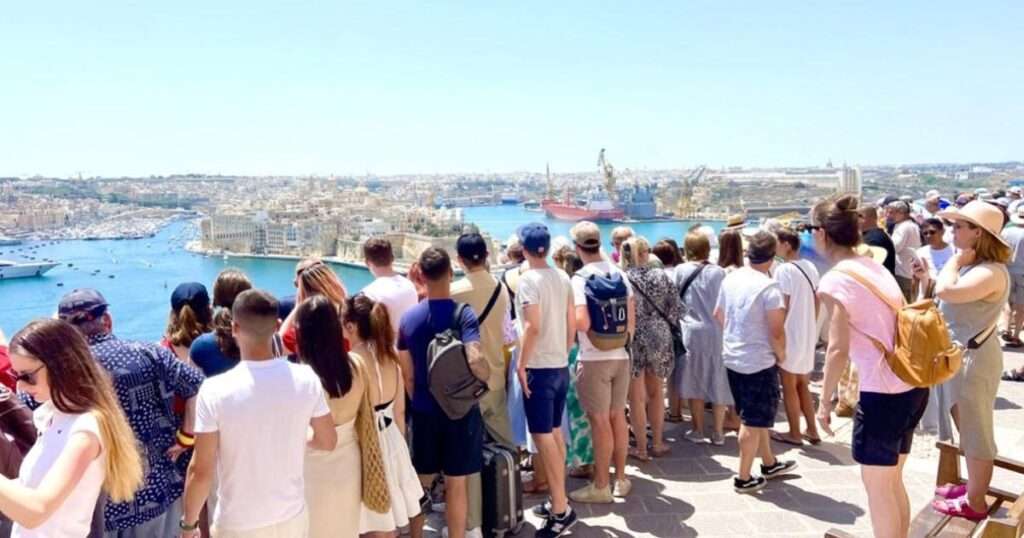
Valletta’s Place in Europe
Valletta’s moment as European Capital of Culture cemented its role as a cultural ambassador for Malta. In a continent brimming with historic cities, Valletta stood out not just for its heritage, but for its vision of the future. It reminded Europe that culture isn’t static—it evolves, adapts, and thrives when communities invest in creativity.
As global travelers seek destinations rich in both authenticity and innovation, Valletta offers the best of both worlds. Its fortified walls and golden facades speak of resilience and history, while its art, music, and festivals reveal a city always looking forward.

Valletta’s recognition as the European Capital of Culture was a milestone that celebrated the city’s past while shaping its future. It showcased how even a small capital can make a profound impact on Europe’s cultural stage. For travelers, Valletta offers more than scenic beauty—it offers an immersive journey through history, art, and community spirit.
As the sun sets over the Grand Harbour and the city’s limestone glows with a warm golden hue, Valletta stands as a testament to the enduring power of culture to unite, inspire, and transform.

